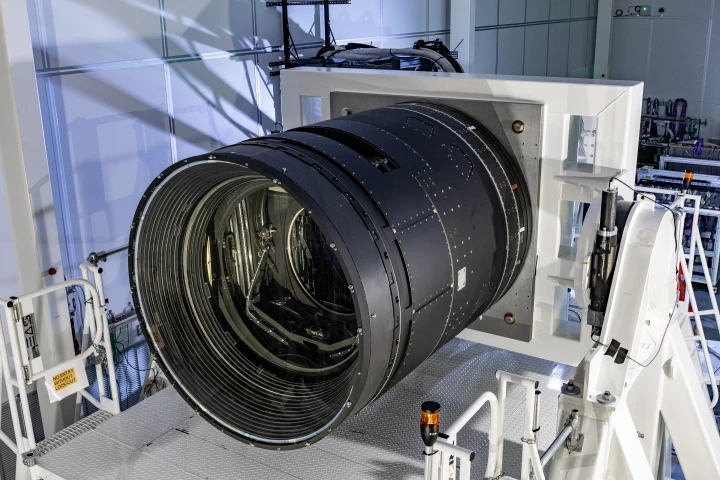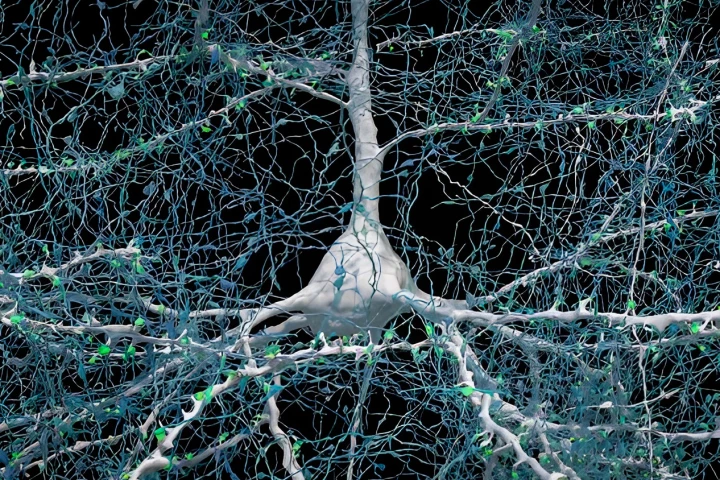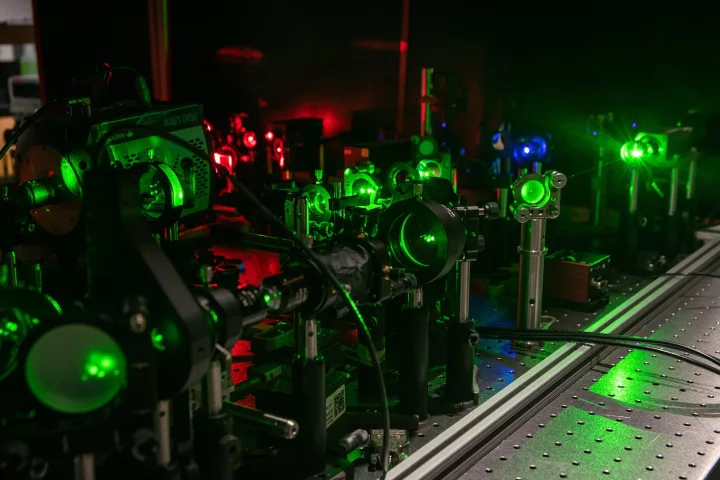Imaging
-
After decades of planning and building, the world's largest digital camera at the heart of the Vera C. Rubin Observatory on the summit of Cerro Pachón in Chile has snapped its first imagery – from test observations spanning a 10-hour window.
-
NASA has released a new image providing photographic evidence of Boom Supersonic's XB-1 prototype aircraft breaking the sound barrier. Captured on the second supersonic flight, it used a special imaging technique to record the historic event.
-
Apple's Machine Learning Research wing has developed a foundational AI model "for zero-shot metric monocular depth estimation." Depth Pro enables high-speed generation of detailed 3D depth maps from a single two-dimensional image.
-
We all know the equation – hydrogen plus oxygen equals water. But now scientists have captured molecular-scale video of that famous meeting in action, which could lead to a new way to generate large amounts of drinking water.
-
From a baby tardigrade riding a nematode, to water droplets evaporating from the wing scales of a peacock butterfly, the winners of this year's Nikon Small World In Motion video microscopy competition let you see the unseen in astounding detail.
-
Harvard and Google Research have mapped thousands of cells and millions of synapses in a poppy seed-sized sample of tissue. The result is a set of truly stunning images and marks a major step towards understanding of the biggest challenges in science.
-
The world’s most powerful MRI machine has scanned its first living human brains. The resulting images give an ultra high resolution glimpse into the brain, to help us better understand the nature of consciousness and treat neurodegenerative diseases.
-
On the largest scales possible, the universe resembles a web of light spun by an inconceivably large spider. Now, astronomers have detected very faint light from these cosmic web filaments in the deep, dark, distant universe.
-
Generally speaking, if you want to grab sharp images of fast movements such as molecular interactions, you're going to need a super-expensive rig. Researchers have developed a system built using projector tech that could significantly cut the cost.
-
This stunning image may look like a particularly lively Jackson Pollock painting, but it’s actually an example of a new cell imaging technique. The subject? A human retina.
-
Caltech scientists have created a quantum microscope that taps into the quirky quantum rules to see tiny details much more clearly. Using pairs of entangled photons allows the instrument to double the resolution of images without damaging the sample.
-
Nearly 40 years in the making, scientists have supersized magnetic resonance imaging to produce never-before-seen detail of a brain. They believe this mouse model will pave the way for similar human imaging for a crucial view into how our brains age.
Load More











